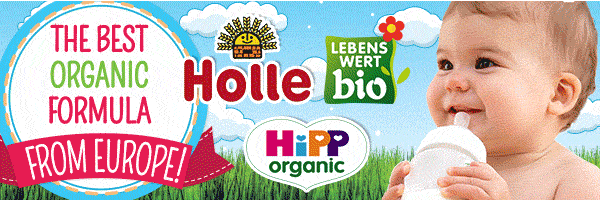Your shopping cart is empty!
| Question | Answer |
|---|---|
| 1. How fast do Japanese diapers decompose? | MOONY manufacturer UNICHARM states that their new generation diapers decompose 30% faster than the previous model of these diapers. They base this statement on the fact that less materials are used for production of these diapers. There are no standard methods or indicators, which would allow to evaluate the speed of decomposition of a commercial product, which highly depends on the environmental factors: air temperature, precipitation, bacteria. In our opinion, any statements about “faster” decomposition are rather advertising ticks than objective statements based on the facts. |
| 2. Is polymeric superabsorbent an ecological material? | Superabsorbent polymer is a material used in the absorbing layer of the diapers. These polymers are absolutely safe for both the children and nature, are biologically degradable into water, carbon dioxide and organic materials, without any toxic or biological effect to the soil. Some believe that “natural absorbents” (for example corn starch) are more eco-friendly materials, however it is only a fable: according to the National Geographic, the greatest impact on the eco-balance of the Earth is caused by nothing other than the agriculture, therefore, wishing to contribute to the ecology, one must limit usage of goods, which use agricultural products as raw materials.Moreover, these polymers contribute to using less wood pulp in an absorbing layer (less trees are cut down), while the diapers become thinner and lighter: less fuel is used for their transportation and less CO2 is emitted into the atmosphere. One may wonder why is wood pulp still used? Without this material polymers form a solid “lump”, which is air and warmth impermeable, and because of this the baby’s bottom will become wet and irritated. Therefore balance of the two materials is needed to prevent this issue. |
| 3. What, according to the Japanese, are ecological products? | For the Japanese ecology is first of all a relationship with nature, and their view of it is rather complex.In order for a product to be considered to be ecological, it must comply with three criteria:1) be safe for humans; 2) effect on nature during its production must be minimal; 3) its decomposition after use (utilisation) must have a minimal effect on the environment.In other words, it is not sufficient for a product to meet only one of the criteria: if a product is safe for humans, but during its manufacture nature is being harmed, it will not be considered to be ecological. Therefore, only highest quality and ecologically pure materials are used to manufacture the Japanese diapers. They try to use a minimum amount of raw materials and resort to the nature-friendly technologies (for example, the Japanese rejected the use of chlorine as bleach). |
| 4. Do the manufacturers of the Japanese diapers have an ecological diaper certification? | The manufacturing process of the Japanese diapers MOONY, MERRIES and GOO.N is certified by the international standardisation organisation ISO (quality management certificate ISO 9001 and environmental management certificate ISO 14001). This means that high quality standards and environmental standards were complied with at all stages of production of these diapers. Moreover, MOONY diapers are labelled with an ECO CHARMING mark – this is a mark used by the UNICHARM corporation to label products meeting the highest quality and environmental safety requirements. |
| 5. What materials are used in production of the Japanese diapers? | Top layer is made of gentle felt microfiber textile.Inner absorbing layer is made of palm wood fibres whitened by the use of bleachless technology and polymeric superabsorbent granules.Outer layer is made of air permeable impregnated non-woven textile and/or polyolephine film.Stickers and the adhesive tape are also made of air permeable/perforated polyolephine, for the elastics – synthetic or natural rubber is used. Every manufacturer has its own technological secrets, however the common unique feature of MOONY, MERRIES and GOO.N diapers is the quality and ecological purity of the materials. In order to avoid allergic reactions, colouring agents are used in moderation only in a top layer, and they contain no fragrances or lotions altogether (only GOO.N inner layer is enriched with vitamin E). |
| 6. What is the difference between the Japanese and American diapers | Most of the American diapers do not compare in quality to the ones produced in Japan. Much more expensive and qualitaty materials are used in the manufacturing of the Japanese diapers, while the control of the manufacturing process of the diapers is performed by government institutions. Japanese diapers are made only of ecologically pure materials. They do not contain optic bleach, formaldehyde, phthalate, chlorine compounds, synthetic aromas, petroleum lotions and toxins – materials, the use of which in the production of the American diapers is not strictly limited. The absorbing layer stretches through the entire length and width of each diaper, therefore the chance of leakage is significantly lower. If you clench a Japanese diaper in your fist it feels like a thicker flannel strip instead of a piece of paper. Due to this softness, no hard edges are formed in the folding areas, which would otherwise rub against a baby’s legs |













